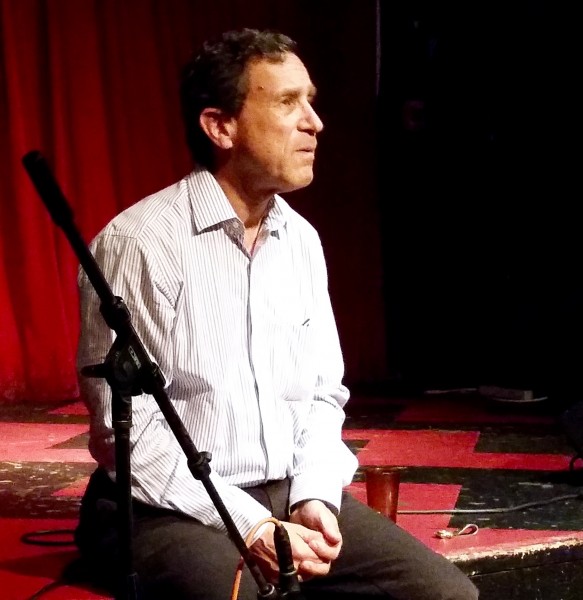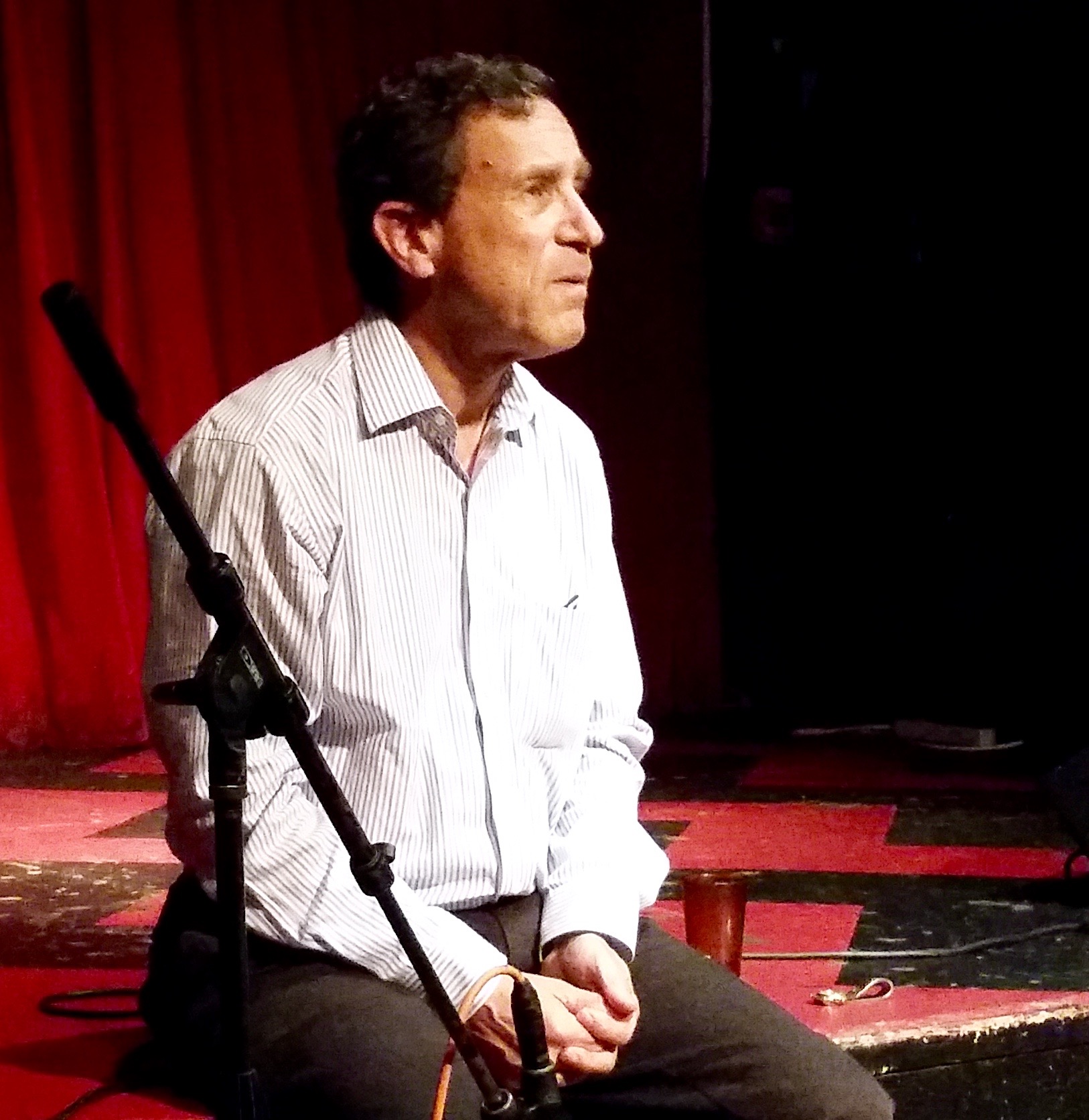
Re-imagining transportation and street design in Rhode Island is about more than trying to reduce congestion, says Steven Miller, co-founder of Boston’s Livable Streets Alliance, it’s about, “liberating ourselves, our bodies and our social lives, from the trap we find ourselves in.”
The trap Miller is talking about is the automobile. Though as individuals we all drive less on average, there are more of us due to population increase, and we all head to work at the same time. “Until we radically redistribute our populations,” says Miller “congestion is going to get worse.”
The Livable Streets Alliance “envisions a world where our streets are vibrant public spaces that encourage personal interaction, physical activity, community and fun. We believe streets should be designed to accommodate all people and provide mobility options that enhance access to goods, services, jobs, health care, friends and family.” Miller, who has been working for decades as an advocate in Boston, is speaking at AS220 to a small but very interested audience. The event is sponsored by the RI Bike Coalition.
“There are no solutions within the car world for the problem of the car,” says Miller. “Until we radically redistribute our populations, congestion is going to get worse.” And Miller doesn’t think that’s going to happen in our lifetimes. The solution then is to telecommute, move to a city and reverse commute, or provide alternatives.
In order to provide alternatives, especially those that promote health and reduce pollution, we need to organize, said Miller. What Miller then did was to outline the process of effective protest and advocacy in broad strokes.
Miller knows the world of organizing well, and it starts with protest.
“If you want to stop the machine at some point you need to shout and stick something in the machine,” said Miller. But protesting is “the power of veto.” To be truly effective, a group needs to advocate and be able to clearly state what they want. This requires using the media and “being a little outrageous and a little political at the same time.”
Lastly, organizers need to move past protest and into partnership, which means working with government to effect change. Of course, once you start working with the government you lose your outsider status and some will perceive you as part of the problem. “This is why groups split,” said Miller.
Let’s say you want to build more bike lanes. When you have the government’s ear, it’s important to “generate political will.” This means understanding what it is that politicians want. Not just money and votes, but what kind of ideas fit their agendas, their goals.
Next you have to help develop the government’s capacity. Not everyone who designs a city’s streets knows how to design a bike lane. Presenting the information authorities need to do it right can help facilitate successful projects. When a government agency gets it right, publicly thank them, but also support them against the inevitable backlash. “Once you’ve done something, at least some percent of the population is going to hate it,” said Miller, so giving officials cover and supporting them is smart politics.
The final step is to “get the pilot made permanent.” Most new ideas are first rolled out as pilot programs. No matter how successful a project is, if the ideas are not “integrated into the core policies, procedures and operations of the agency” then the pilot program will die when the people you’ve been working with inevitably move on. New people means new pet projects, and your ideas risk being left behind.
When we first started designing roads in this country, said Miller, engineers had no idea what they were doing. Then we started building Interstates, the highways, and we quickly learned how to build them very well. When we turned our attention to city streets, we brought all that knowledge to bear, and it was all wrong.
Highways are the opposite of city streets. City streets require narrow lanes, slow speeds, and many distractions. On a highway we have wide lanes, with a lot of tolerance built in. We have rumble strips for inattentive drivers, for instance. City streets require our full attention. After all, we’re sharing those streets with bikes and pedestrians. This is the essence of “context sensitive road design” says Miller, we want “city roads, not mini highways in the city.”
Seems obvious, but we are only just starting to understand and implement this insight.
Ultimately, says Miller, when we advocate for better transportation options, we are ultimately advocating for larger values: the environment, physical and mental health, education, energy… just about anything that makes living better for humans.


